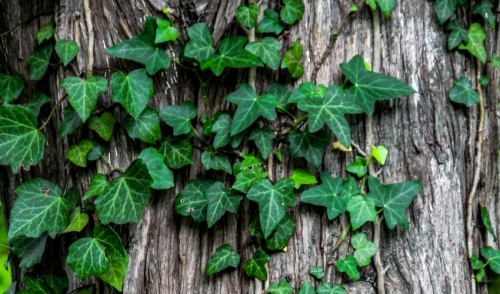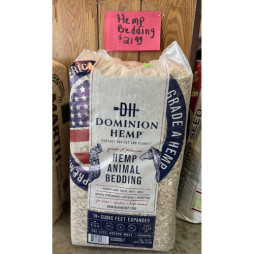{article.name}
Stay Informed
Poisonous Plants for Pets

- Share this:
- Share on Facebook
- Pin on Pinterest
- Tweet on Twitter
Pet owners take great care to feed their pets a healthy, nutritious diet (with an occasional treat, of course!). But do you know there are many potentially toxic, even lethal, plants lurking around our homes that are dangerous to pets? Poisonous plants may be found in gardens, flowerbeds, landscapes, houseplants or even cut flower bouquets or other decorative arrangements. Even some of the most well-known, popular plants can threaten pets, and it is critical to know which plants should be kept well away from furry family members.
Top Poisonous Plants for Cats and Dogs
There are hundreds of different plants that can be harmful to cats, dogs and other pets. Among the most familiar and dangerous plants are…
- Aloe
- Amaryllis
- Azalea
- Begonia
- Boxwood
- Calla Lily
- Carnation
- Daffodil
- Daylily
- Dumb Cane
- Elephant Ears
- Hosta
- Hyacinth
- Hydrangea
- Ivy
- Jade
- Lavender
- Lily-of-the-Valley
- Morning Glory
- Parsley
- Poinsettia
- Pothos
- Sago Palm
- Snake Plant
- Tulips
- Wisteria
Precisely how toxic each plant may be to any particular pet can vary based on a number of factors. Different individual pets may have different susceptibilities to plant toxins, and some plants are more severely toxic to cats than to dogs or vice versa. Different parts of the plants – flowers, stems, leaves, etc. – may have different amounts of toxins, and how much of the plant a pet is in contact with can affect how much toxin is released. Even how a pet contacts a plant can make a difference, such as rubbing against a plant, licking it or ingesting dangerous parts of the plant.
If your pet comes into contact with any potentially poisonous plant, contact your vet immediately with as much information as you can provide about the plant's identity, how the pet interacted with the plant and any symptoms that may already be showing. Plant poisoning could show symptoms such as drooling, disorientation, vomiting, diarrhea, swollen eyes, reddened tissues or even reactions as severe as breathing difficulties or seizures. Seek emergency care if needed, or contact pet poison control organizations such as local ASPCA chapters for assistance.
Protecting Pets From Toxic Plants
With so many plants that can be dangerous to our beloved pets, it is best to take strong steps to keep plants and pets separated if there is any risk. First, positively identify all plants a pet may come into contact with, including both indoor and outdoor plants. Once potentially poisonous plants are found, take steps such as…
- Removing severely harmful plants completely and using any necessary pruning techniques, herbicides or other treatments to ensure they cannot return.
- Keeping plants well out of a pet's reach, such as moving houseplants to out-of-reach areas or into rooms where pets are not permitted.
- Installing barriers between pets and poisonous plants, such as using fences around decorative shrubbery or flowerbeds to keep pets from getting to close to toxic plants.
- Cleaning up any shed materials from harmful plants, such as old leaves, broken branches or fallen seed pods to be sure the pet cannot access any of the plant's pieces.
- Supervising pets whenever they are near potentially toxic plants, including when walking in local parks or gardens where harmful plants could be found.
- Educating local gardeners, landscapers and city officials about harmful plants and encouraging that only safe plants be used near pet-friendly areas, such as in dog parks.
There are many plants that can be harmful to pets, and while some plants may cause only mild discomfort, others can lead to severe reactions or even cause death. By recognizing the most popular harmful plants, it is easier to take steps to protect our pets from unwanted toxins and be sure they are safe around plants at all times.
Special Offers



Comments